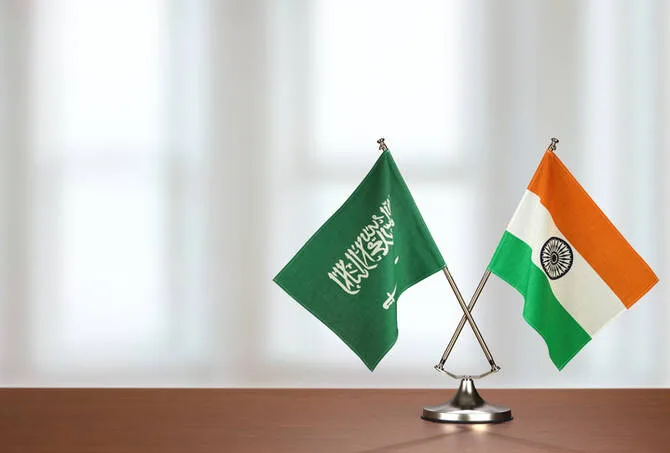Friday, 21 November 2025

Saudi Arabian Mining Company (Ma’aden) has entered into a transformative, long-term Diammonium Phosphate (DAP) supply partnership with India, heralding a fundamental shift in the global phosphate trade. The five-year agreement, spanning 2025 to 2030, commits Ma’aden to supplying 3.1 million tonnes of phosphate fertilizers annually to India’s rapidly expanding agricultural economy. The scale and structure of this collaboration reflect a profound evolution in Ma’aden’s commercial engagement with India, progressing from tactical spot shipments to a new era of supply security, strategic alignment, and shared economic ambition.
The immediacy of the partnership is already visible. In October 2025, Ma’aden finalized a shipment of 180,000 tonnes of DAP at $728 per tonne CFR India — a pricing decision that secured competitive footing with only a nominal premium over Russian supplies trading at $725 CFR in parallel markets. With FOB netbacks estimated in the mid-to-high $710s per tonne from the Ras Al-Khair industrial complex, Ma’aden demonstrates both industrial efficiency and logistical mastery, converting proximity to major shipping lanes into commercial advantage. The integration of mining, processing, and port infrastructure at Ras Al-Khair provides the Kingdom an enviable platform to exert decisive influence in the fertilizer markets of the Indian Ocean basin.
For India, the alliance is more than a procurement convenience; it is a cornerstone of national food security strategy. The Government of India’s recently enhanced Rs 379.52 billion nutrient-based subsidy allocation for the Rabi 2025–26 season ensures that farmers will access DAP at a stable maximum retail price of Rs 27,000 per tonne despite persistent elevation in global costs.
By underwriting affordability through increased DAP and phosphorus subsidies, India has created a conducive ecosystem in which long-term fertilizer supply agreements deliver not merely product availability, but economic predictability and planning confidence for millions of farmers who anchor the republic’s rural economy. In effect, this partnership serves as a buffer against the vagaries of international price cycles, ensuring that a smallholder’s crop calendar is not hostage to distant commodity speculation.
The architecture of this collaboration connects Saudi capacity with India’s most influential distribution institutions, including Indian Potash Limited, KRIBHCO, and Coromandel International. Their combined nationwide reach, cooperative depth, and private-sector agility provide the ideal channels through which Ma’aden’s fertilizers will animate India’s agricultural renaissance. Consequently, the relationship not only mitigates procurement volatility but also reduces India’s historic over-reliance on a narrow pool of suppliers. It ushers in a period where diversification is not merely desirable but indispensable for a country that must sustain food supplies for more than a billion citizens.
This partnership arrives at a moment when global trade flows are being recalibrated by geopolitical tensions, tariff frictions, and maritime security concerns. As shipping costs and security risks fluctuate — particularly along the Red Sea corridor — and as traditional exporters confront structural constraints, Saudi Arabia’s ascendance as a dependable supplier to South Asia symbolizes a redrawing of the world’s phosphate map. Ma’aden’s assertive entry into long-term contracts places competitive pressure on established players across North Africa, Russia, and China, and signals that Middle Eastern fertilizer diplomacy is no longer a peripheral factor but a central determinant of market equilibrium.
For Indian farmers, what materializes on the ground is a more reliable cadence of nutrient flows aligned with sowing seasons, allowing better crop planning, enhanced yields, and a stabilised economic outlook for rural households. In a nation where the vast majority of agricultural enterprises are modest in scale, consistency of input availability often proves the difference between subsistence and surplus. In this sense, the partnership is an investment in human dignity as much as in agricultural productivity.
Of course, long-term success will require vigilant stewardship. Global phosphate pricing, currency volatility between the Saudi Riyal and Indian Rupee, and freight market unpredictability remain inherent risks, as do geopolitical and logistical disruptions that increasingly define international supply chains. Recognising this reality, both nations are instituting joint working groups to navigate operational uncertainties, enhance resilience, and plan future expansions — including potential co-development of fertilizer technologies, sustainability-linked nutrient formulations, and even industrial cooperation within India’s domestic manufacturing landscape.
Through this accord, Saudi Arabia advances its Vision 2030 ambition of economic diversification and industrial influence, while India fortifies the foundational elements of its food security architecture. What emerges is a relationship that transcends transactional logic and instead embraces the higher purpose of nourishing nations. In an era of cascading global uncertainty, the Ma’aden–India alliance offers a compelling reminder that stability and foresight remain the most precious commodities in the quest to feed the future.